- Home
- My Trip Diary
- Visiting Ise Jingu, and searching restaurants serving Nihonshu in Ise City
Visiting Ise Jingu, and searching restaurants serving Nihonshu in Ise City
- 2018/10/13
- 99 comments
Good evening!
Thank you very much for visiting this blog.
Today I’d like to write about my visiting Ise Shrine (Ise Jingu), and researching restaurants which serve Nihonshu in Ise City.
Contents
Arriving at Ise Shrine!
Before Ise Shrine, I happened to visit Mt. Asama and enjoyed a great view of 100 landscapes of Japan, and also Kongo Shoji Temple which can’t be missed when you talk about Ise Shrine.
I started driving to Ise Shrine much later than I planned.
After I passed the observation tower of Mt. Asama, the road was down hill almost whole the way.
I drove down smoothly, and I soon caught up with a sightseeing bus which was going ahead.
Nasty tailgating is getting into the news these days.
Of course, I didn’t do such a thing (believe me), and I slowed down using the natural speed from the down hill and no stepping on the accelerator which was also good for saving the petrol.
I came close to Ise Shrine after 20 minute-driving.
I had come to Ise Shrine once which was about 20 years ago in the end of March.
I didn’t remember exactly how the place was like, but I remembered that I could park my car near the shrine with no problem.
It was a weekday, so I expected that I would be able to park my car this time as well.
However, Ise Kaido Road, which is the national road in front of Ise Shrine, was crowded.
It took as long time as I spent from the observation spot to Ise Kaido to park my car.
Worshipping Naiku
It was after 20 years to visit Ise Shrine.
I started walking to “O-Torii” and “Uji Bashi (Uji Bridge)” at the entrance of the shrine, thinking that “Shikinen Sengu (a regular transfer of shrine and its deity)” is also 20 year-interval.
I felt that there were more tourists compared to 20 years ago, and especially the increase of foreign tourists was remarkable.
I was impressed by the big change, and went through the Torii gate and crossed Uji Bashi to the land of the god.
The god precinct was covered with green of trees, and the air was so clear.
I felt that my body and heart which were damaged by too much working were healed.
Before going to the shrine,
The visitors purify their bodies at this “Mitarashiba”.
The river which runs in the photo above is “Isuzu Gawa” River.
It was such a calm and clear stream.
The water was,
So clear like this above.
The day was still like summer and the time was the hottest time in a day.
The water was cool and made me refreshed.
I wished to walk in the river to have a bath of purification, but the river looked so sacred, and I hesitated to do it after all.
Therefore, I caught some water in my hands and threw it in the air, and had the drops on my body instead as if I had a bath.
After I purified my body at Mitarashiba, I finally went to “Shogu”, the main shrine.
My personal image about Japanese shrine buildings is something opposite of that of foreign religious buildings which are so gorgeous and magnificent giving a kind of pressure to people.
I think that Japanese people emphasize on how calm minds the people can visit those buildings with, so the buildings often integrate into the nature.
To Geku
I finished the main shrine and other shrines in the god precinct.
Next, I moved to “Geku (the outer shrine)”.
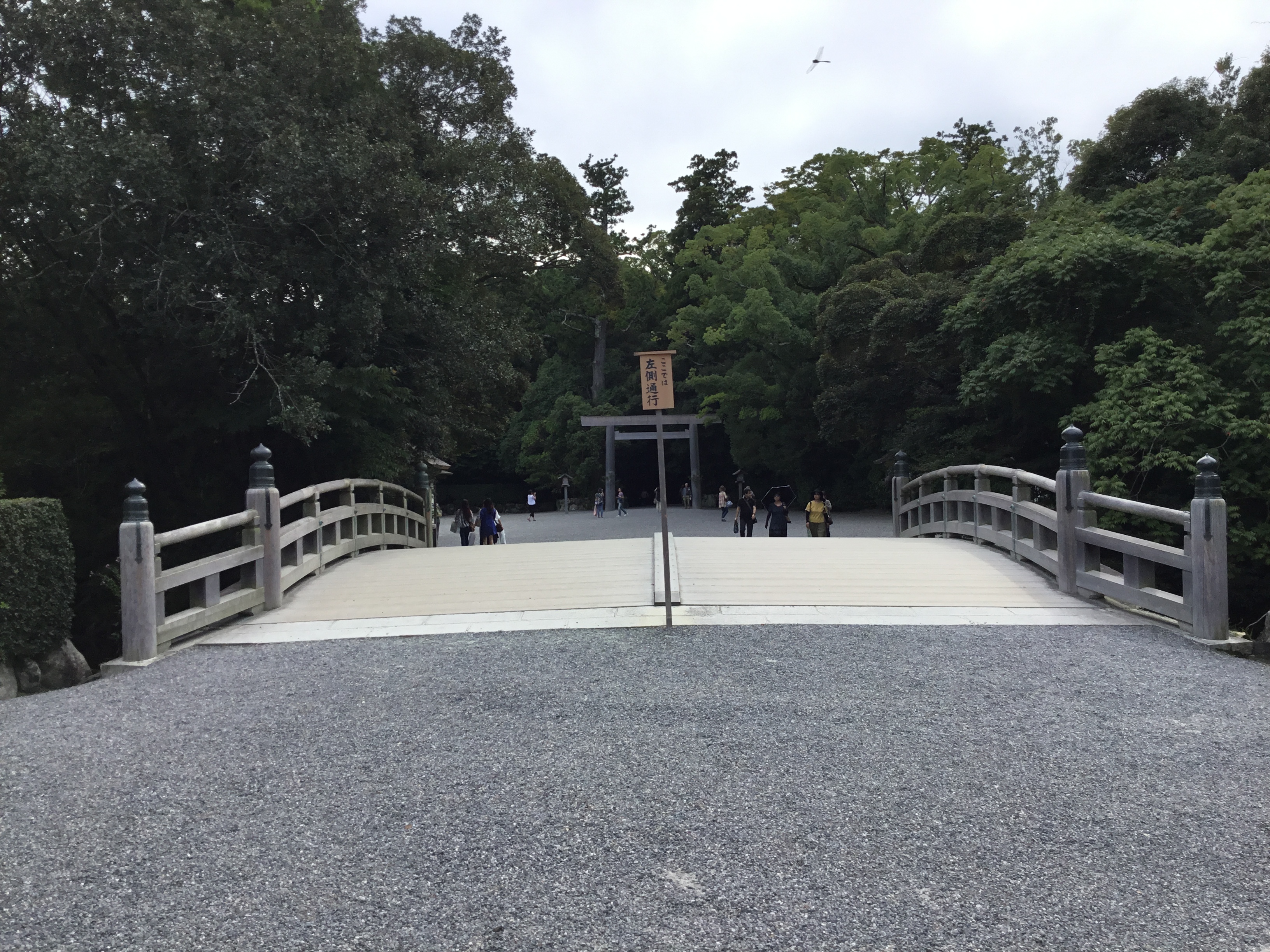
It wasn’t so crowded compared to the inner shrine.
“Ise Jingu” consists of the inner shrine and the outer shrine, but the outer shrine is 3 to 4 km away from the inner shrine where a god “Amaterasu Omikami” is enshrined.
It takes about 1 hour to walk, so the visitors should be much less at the outer shrine.
I walked through the god precinct in the green of woods, and finally arrived at the main building of the outer shrine.
With this, I finished “Oisemairi (pilgrimage to Ise)”, but please remember what I mentioned in the last blog.
The usual order of Ise pilgrimage goes like this;
The outer shrine => The inner shrine => Kongo Shoji Temple
On the other hand, I did like this;
Kongo Shoji Temple => The inner shrine => The outer shrine
Completely opposite.
Now I noticed something.
I mentioned that the visitors were less at the outer shrine, but to see the order, most of the visitors should finish the outer shrine in the morning, and the inner shrine around noon, and they should go to Kongo Shoji in the afternoon.
The time I went to the outer shrine was about 2 p.m., so it was probably because of the time,
Searching restaurants serving Nihonshu in the town of the shrine!
After worshipping, I started to work on the main subject of this trip; the research of restaurants serving Nihonshu.
First, I walked from the entrance of the outer shrine to Ise City Station.
This area had various souvenir shops and restaurants, and the road was maintenance beautifully.
I expected the town to have many old and quiet buildings because it was the town of a shrine with a very long history.
However, the streets were bright with many new and fancy shops.
The time was about 14:30.
I had not eaten anything on that day, so I looked for somewhere nice to have lunch.
I looked for a restaurant with no or less families or couples, somewhere I could have Ise’s special menus, and one with an easy atmosphere to enter for me.
I found an attractive restaurant!
What was even better was that they had Nihonshu.
It would be a great place to start, but unfortunately, they were closed for the preparation for the dinner time.
The time was almost 3, so it was sad but understandable.
I glanced at the right side of this restaurant to look for the next candidate.
The words of “Meibutsu Ise Udon”, Ise’s special Udon noodles, caught my eyes.
They were open at that time.
It would be better if they had Nihonshu (this Udon restaurant didn’t have any), but it seemed to difficult to find such places at 3 o’clock of a weekday.
I decided to have a light meal of Ise Udon there, and to find another restaurant with Nihonshu for dinner.
I entered the restaurant and ordered, so the Udon arrived.
The Udon was so simple with only a little soup, and chopped spring onion and bonito flakes on the top.
The noodles were soft for me, who usually eat harder Udon like Sanuki Udon.
At same time, I could feel the sweetness of the noodles well.
The soup was soy sauce, and it was very black and looked salty.
However, the sauce had sweetness and deep flavor, and it made the noodle’s taste richer.
I go to “Marugame Seimen” (a chain of Sanuki Udon restaurant) once in a week, and this Ise Udon was very different type from what I usually eat. I liked it, though.
I like Sichimi pepper with Udon for some extra spice, but I had finished the bowl when I thought of it because I was so hungry.
Their Udon was good for a snack rather than a proper meal.
Ise Ginza Shinmichi Shotengai
I got some energy in my body, and left for Ise City Station to go to the west.
To see Google Maps, there were many restaurants at the west side of the statin, so that’s why.
The next place was a shopping mall called “Ise Ginza Shinmichi Shotengai” which was the center town of Ise City.
The time I arrived at the mall was about 15:30, and it might have been the time with less people.
As often seen in other local shopping malls, I could not see many tourists other than me, and there were many shops closed, probably because of big shopping centers in the suburbs.
However, if I looked carefully,
There were some interesting restaurants like the one “Nonbei-Dokoro Yuyu” in the photo above.
The display of sake bottles in the window was attractive, and I could see some Mie’s local sake such as “Hachibei” and “Jikon” in them.
Table seats were seen over the bottles through the window.
It looked like a place where the visitors can spend a relaxed time with good sake.
I thought that the shopping mall will be more active again if such attractive restaurants increase.
Ise Takayanagi Shotengai
I went to the edge of the street, and I moved to another shopping mall called “Ise Takayanagi Shotengai” as I still had some time.
This shopping street was organized in 1936 which was the earliest in Mie Prefecture.
The number of the people was little in this street as well, and the number of shops was less than “Shinmachi” street.
But atmosphere was brighter maybe because of the roof’s material or the colors of the shops.
Another reason why I felt so should be this;
RX-78-2 Gundam.
Not like the 1/1 sized one which used to be in Odaiba, it didn’t have “EFSF” or “WB” written on the body, and it was what I think is the real Gandum of the original TV anime’s coloring.
I looked for the reason why the Gundam was there on the internet…I couldn’t find the information^^;
Only I found that it was built there more than 2 years, and the head and the left arm was broken in 2015.
While I thought that that’s a nasty thing, I also thought that Gundam lovers should remind of something if they hear about Gundam with broken head and left arm.
Yes, “the Last Shooting”.
It’s from the scene of the draw battle between Gundam and Zeong’s head in A Baoa Qu.
Did the criminal mean to make the Gundam in the Last Shooting……?
The disappointing thing was that the broken Gundam of this shopping street which I saw in a photo on the Internet had the right arm down, not like the anime.
Well, breaking someone’s property is a crime, even if the criminal had such a purpose.
Anyway, I imagined that the local people who love Gundam made the statue as a new symbol of the shopping mall.
The shopping mall is doing various promotions such as their original website and Facebook, so I thought that it would catch people’s attention more if they introduce the Gundam.
After I saw around the shopping malls, I walked back to the east to Ise City Station.
On the way,
I visited “Tsukuyomino Miya” Shrine in the photo above where the younger brother god of “Amaterasu Omikami”, “Tsukuyomino Mikoto” is enshrined.
After that, I just wandered around the station until 5 in the evening, and I visited a restaurant near the statin for dinner.
The restaurant was very nice, and I liked it the second best after the hotel in Toba City.
I loved to write about how it was, but this time as well, has been already so many letters by now which I didn’t expect.
I will write about the restaurant “Mansen-ya” in the next blog.
Please look forward to it!
It's our great pleasure if this article is helpful for you.
Comment (0)
No trackbacks yet.

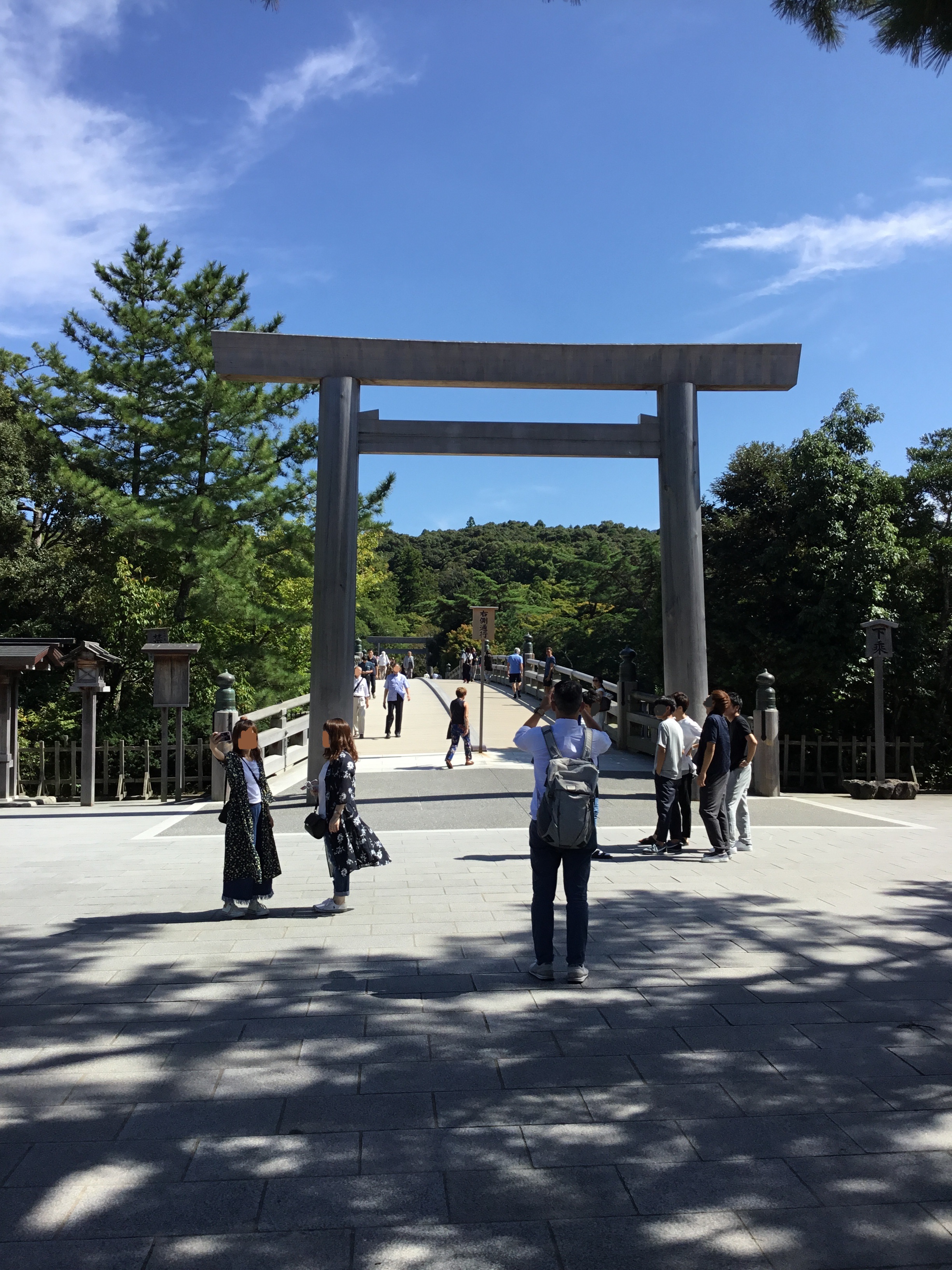
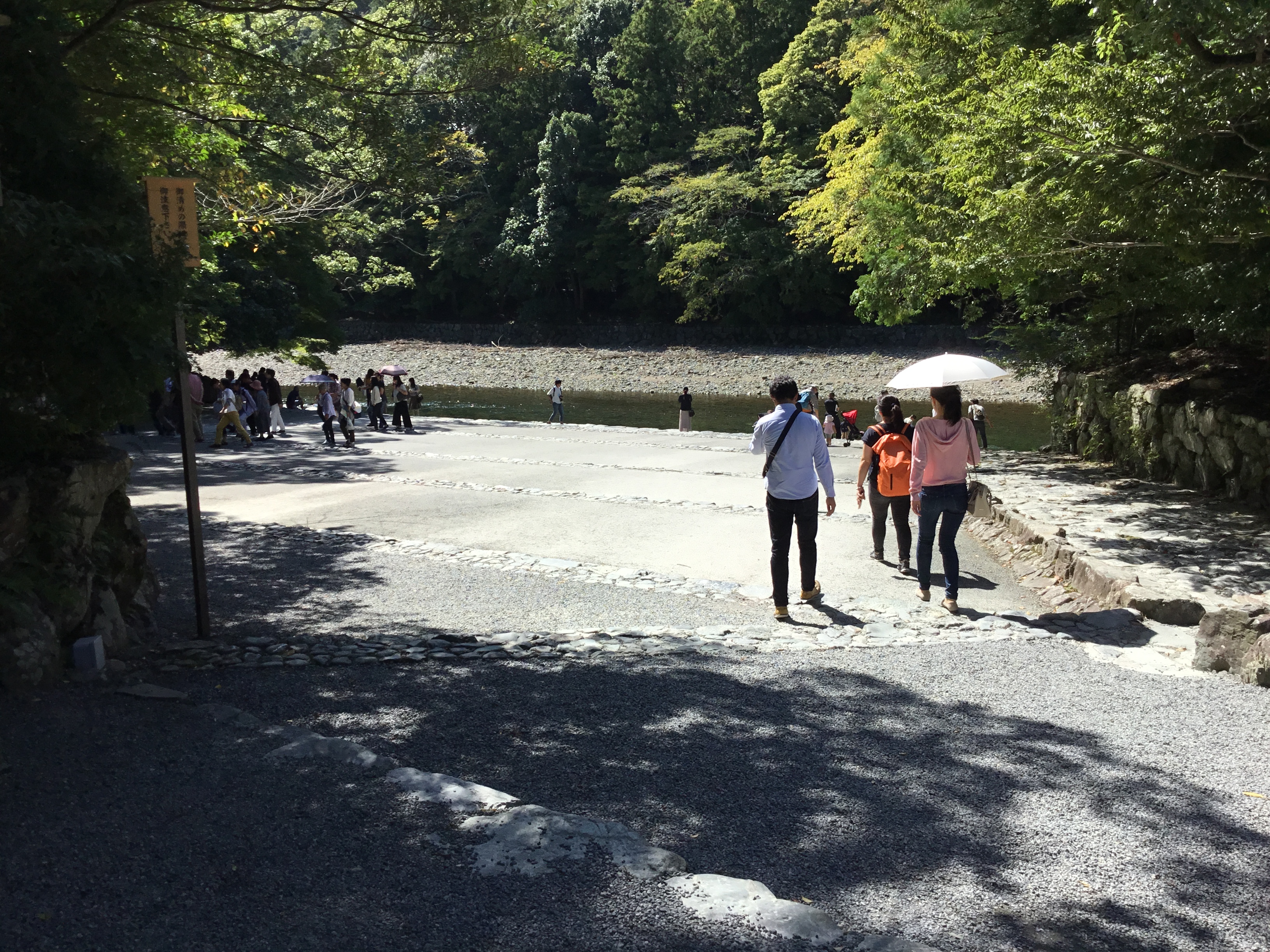
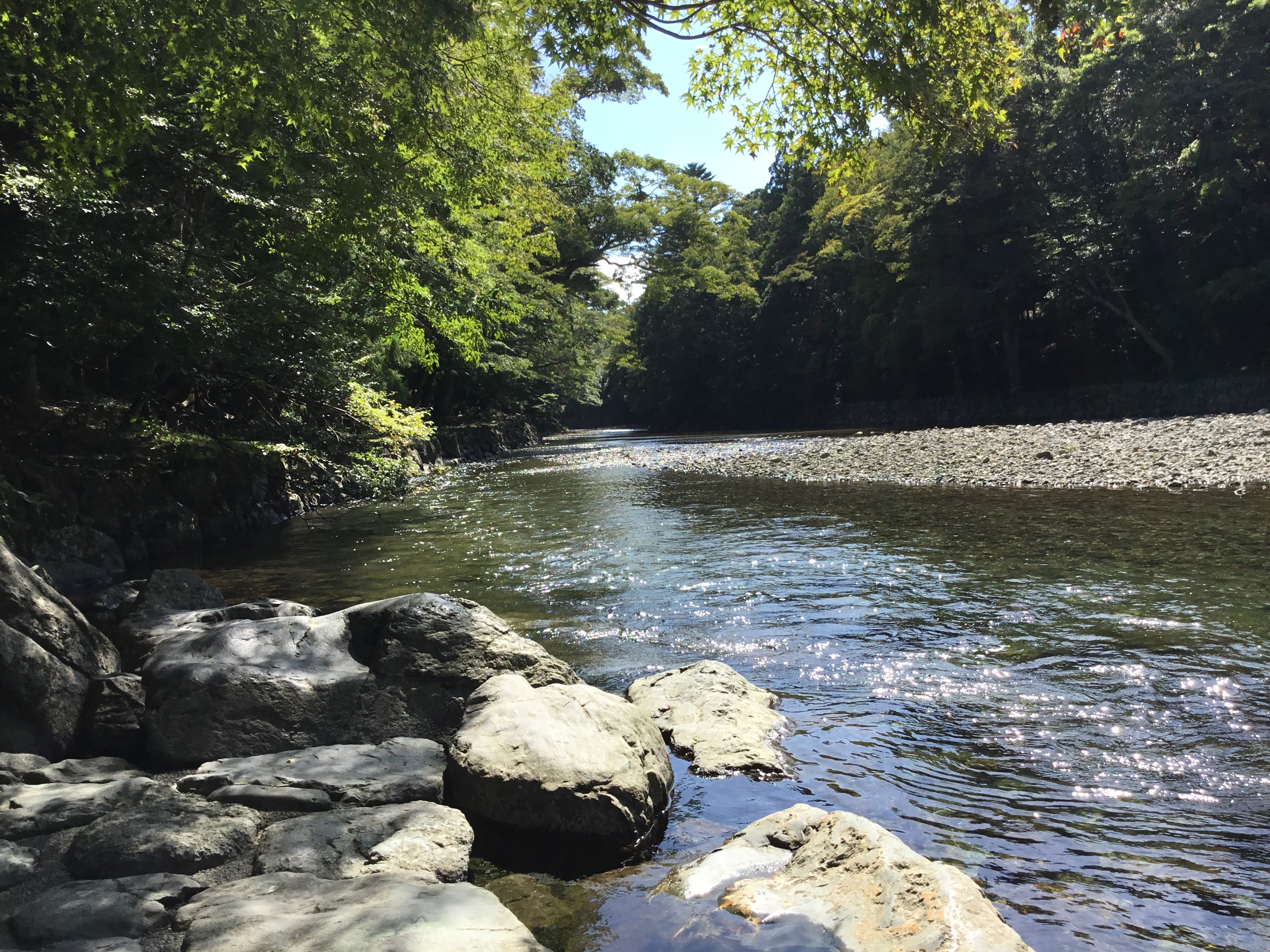
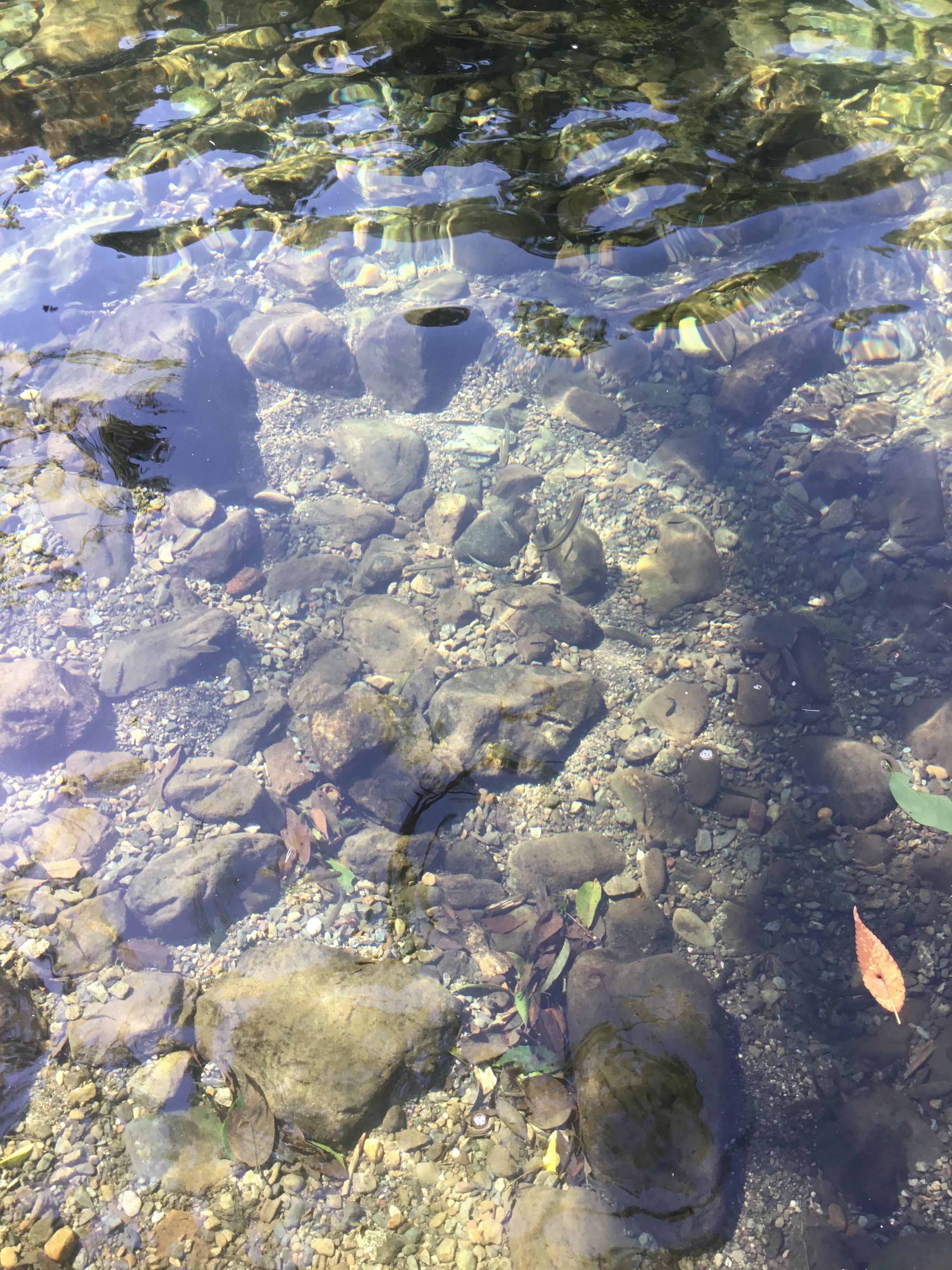
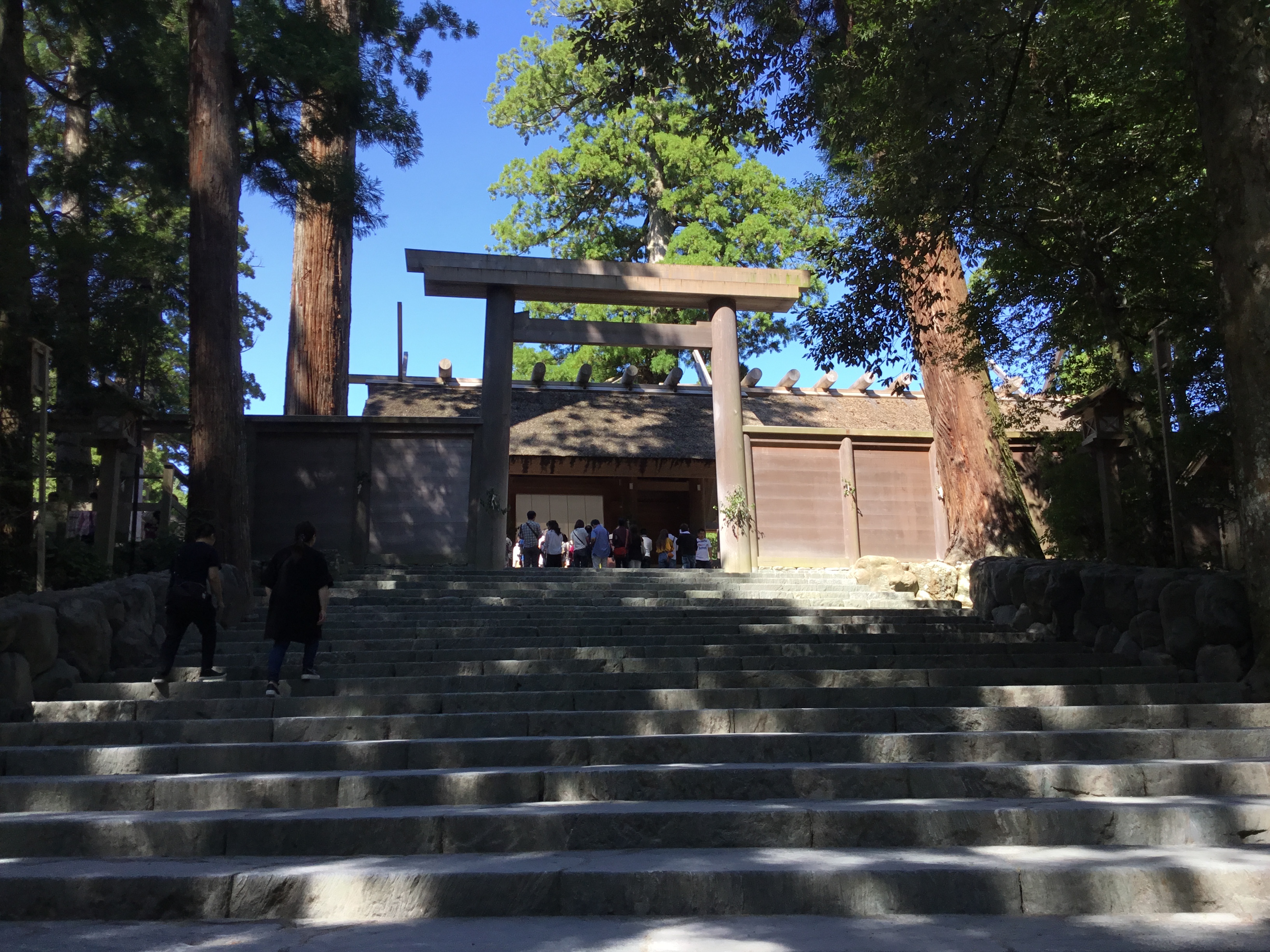
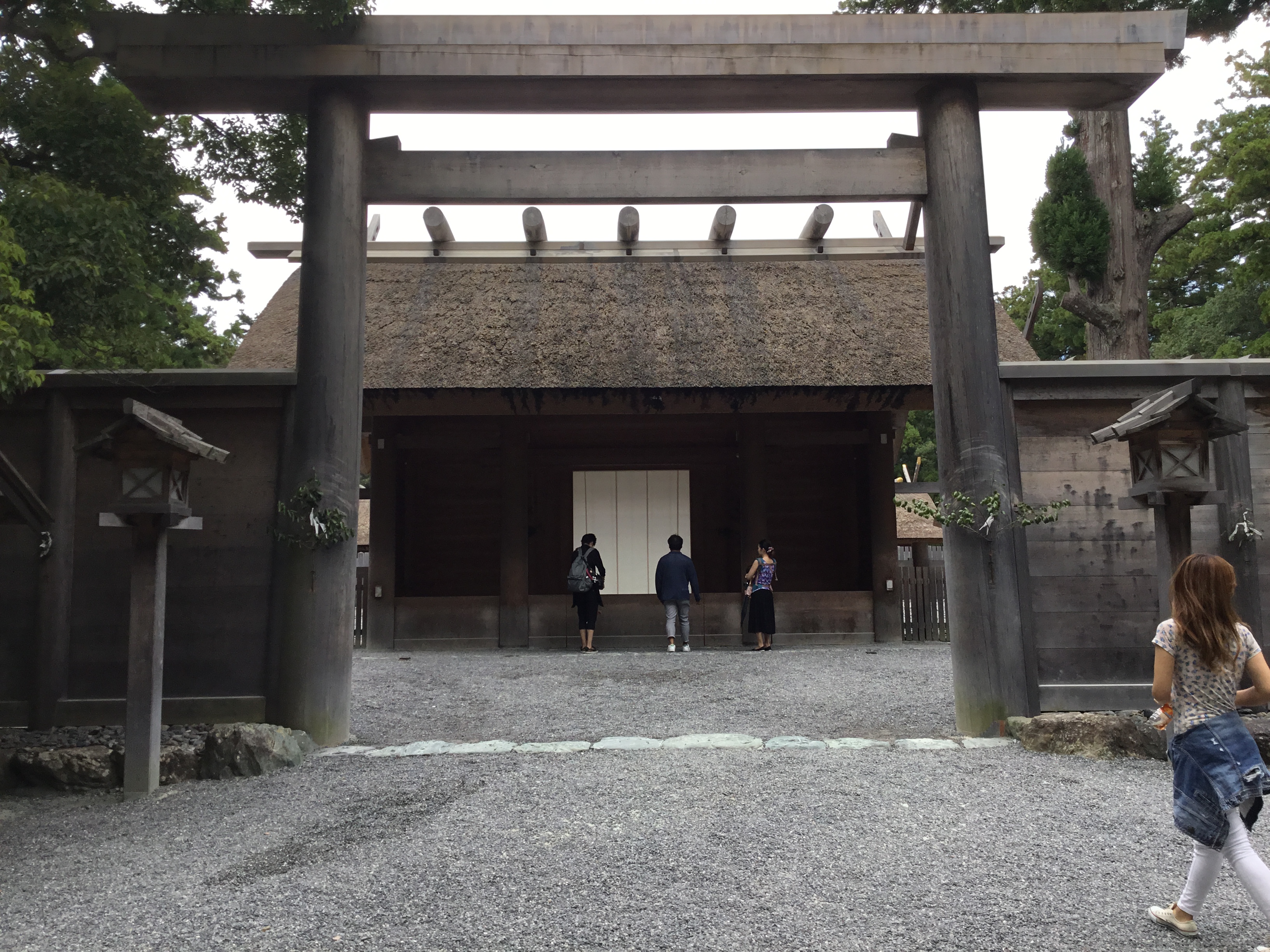
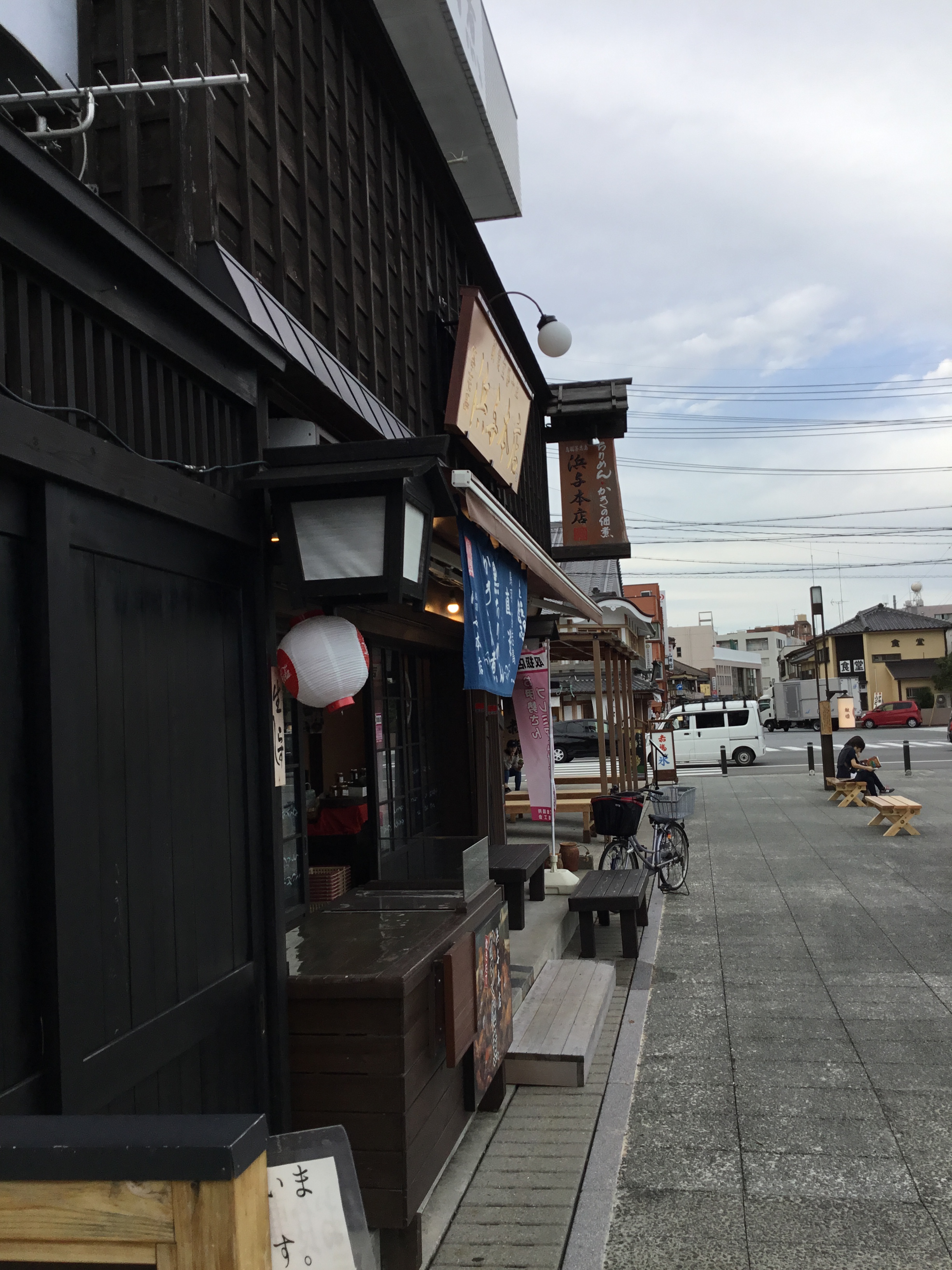
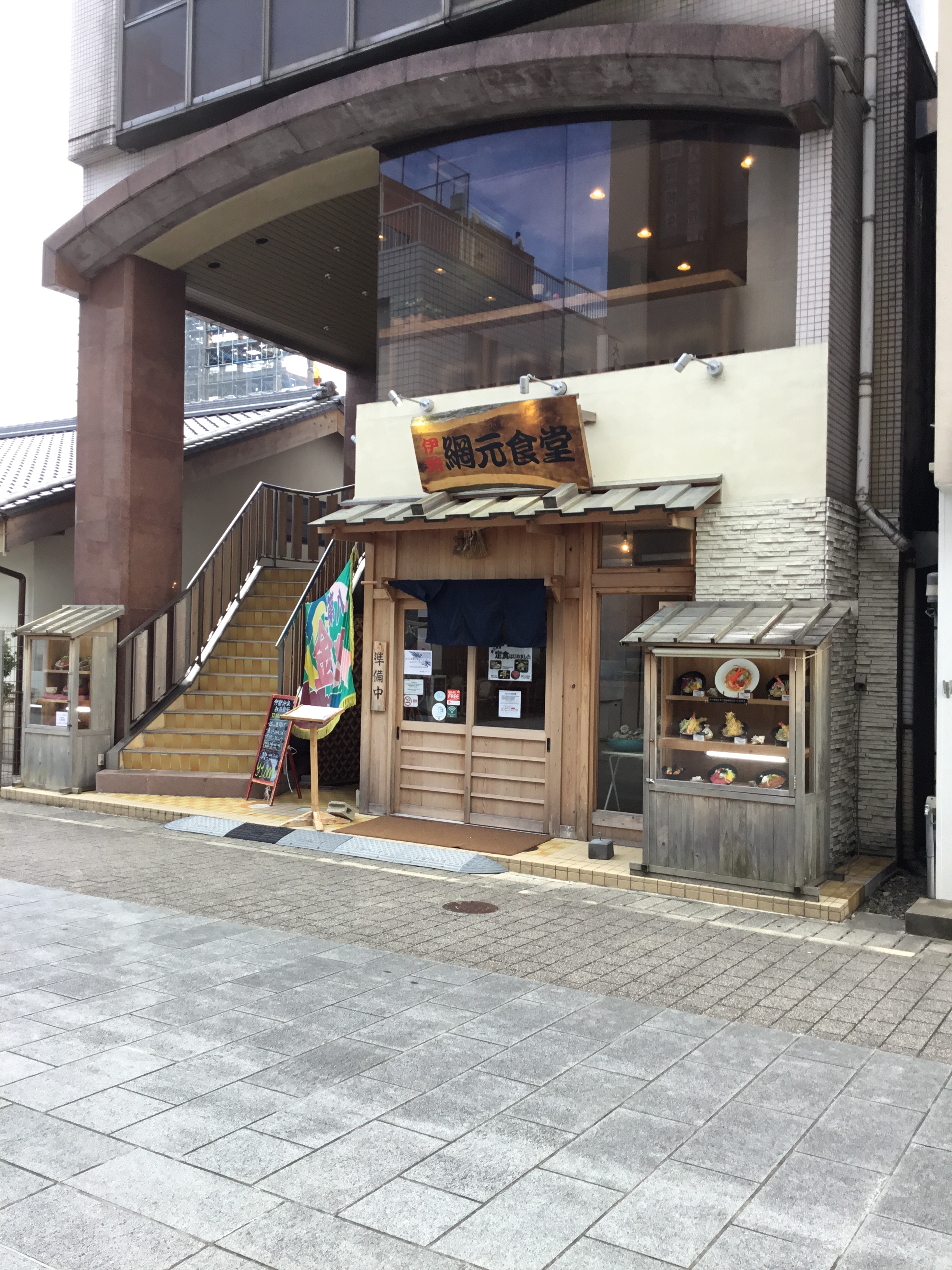
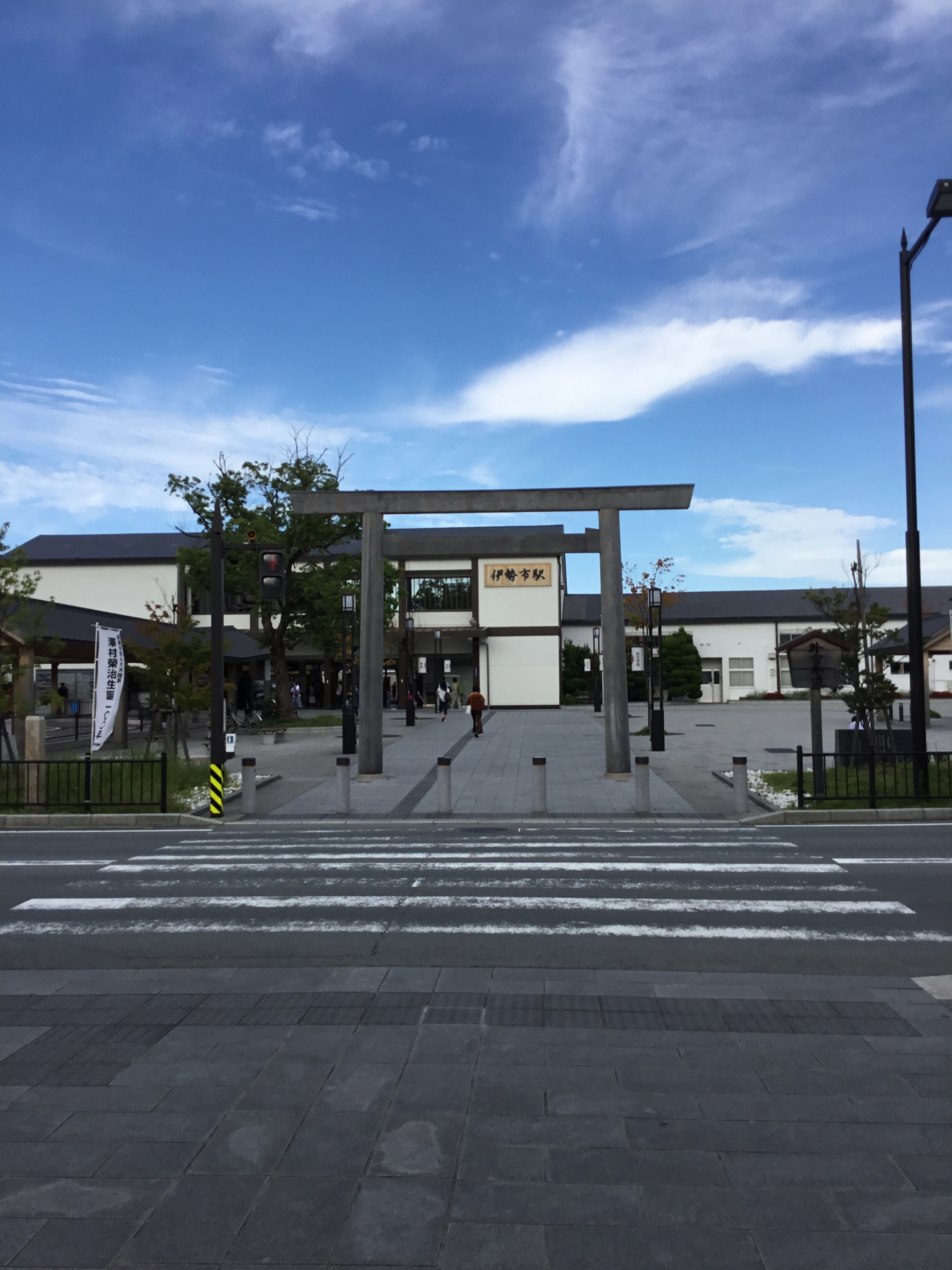
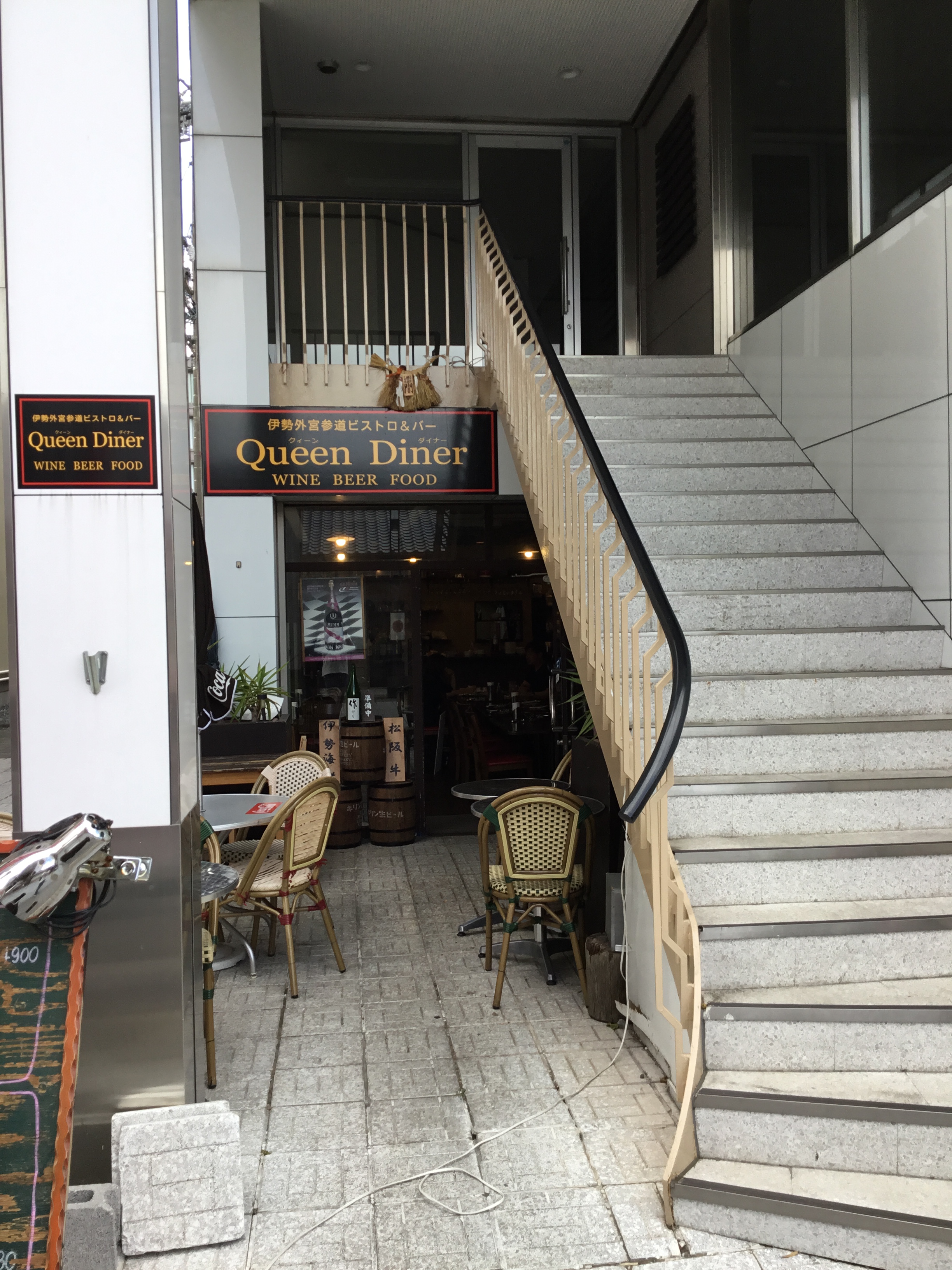
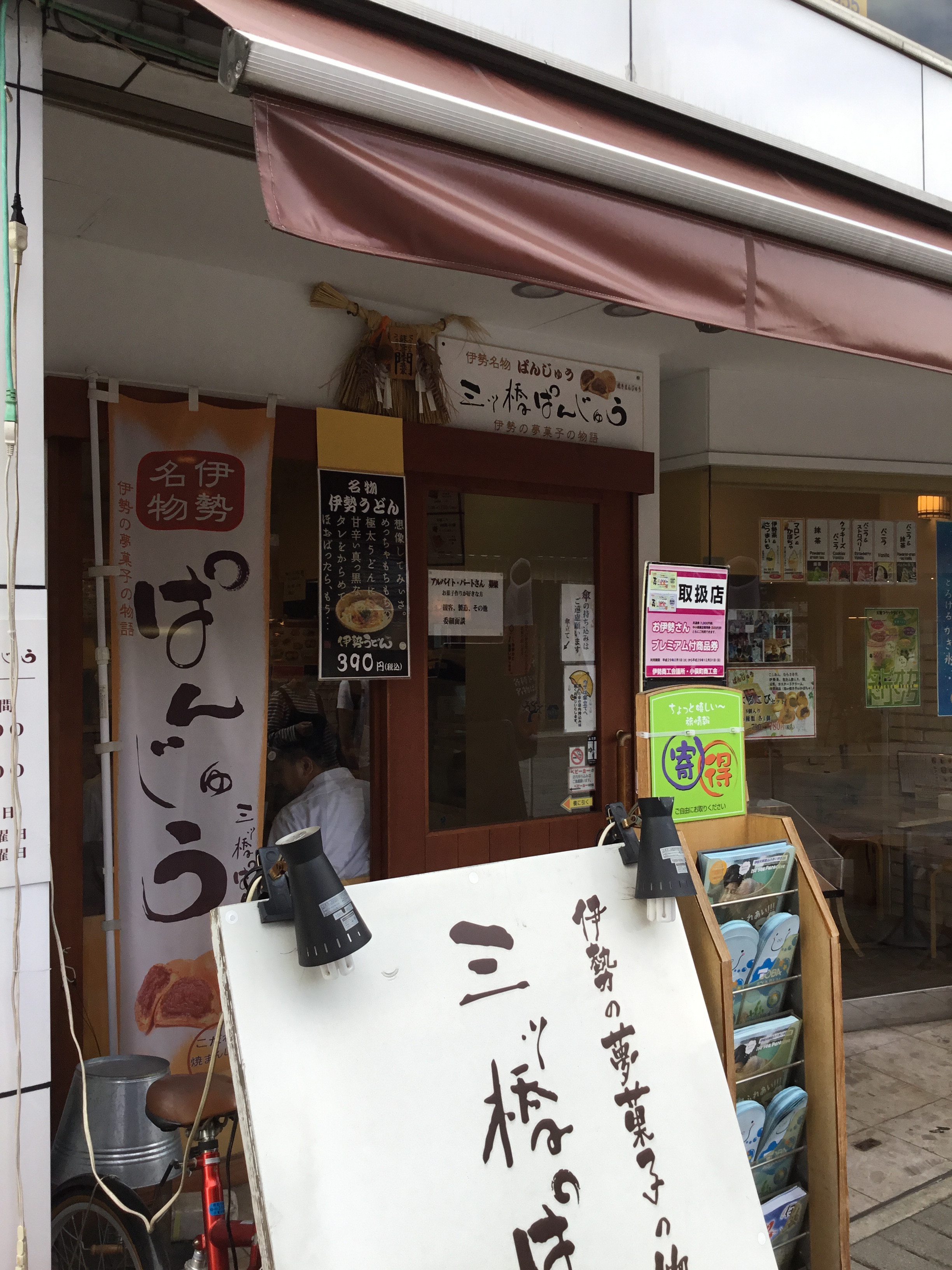
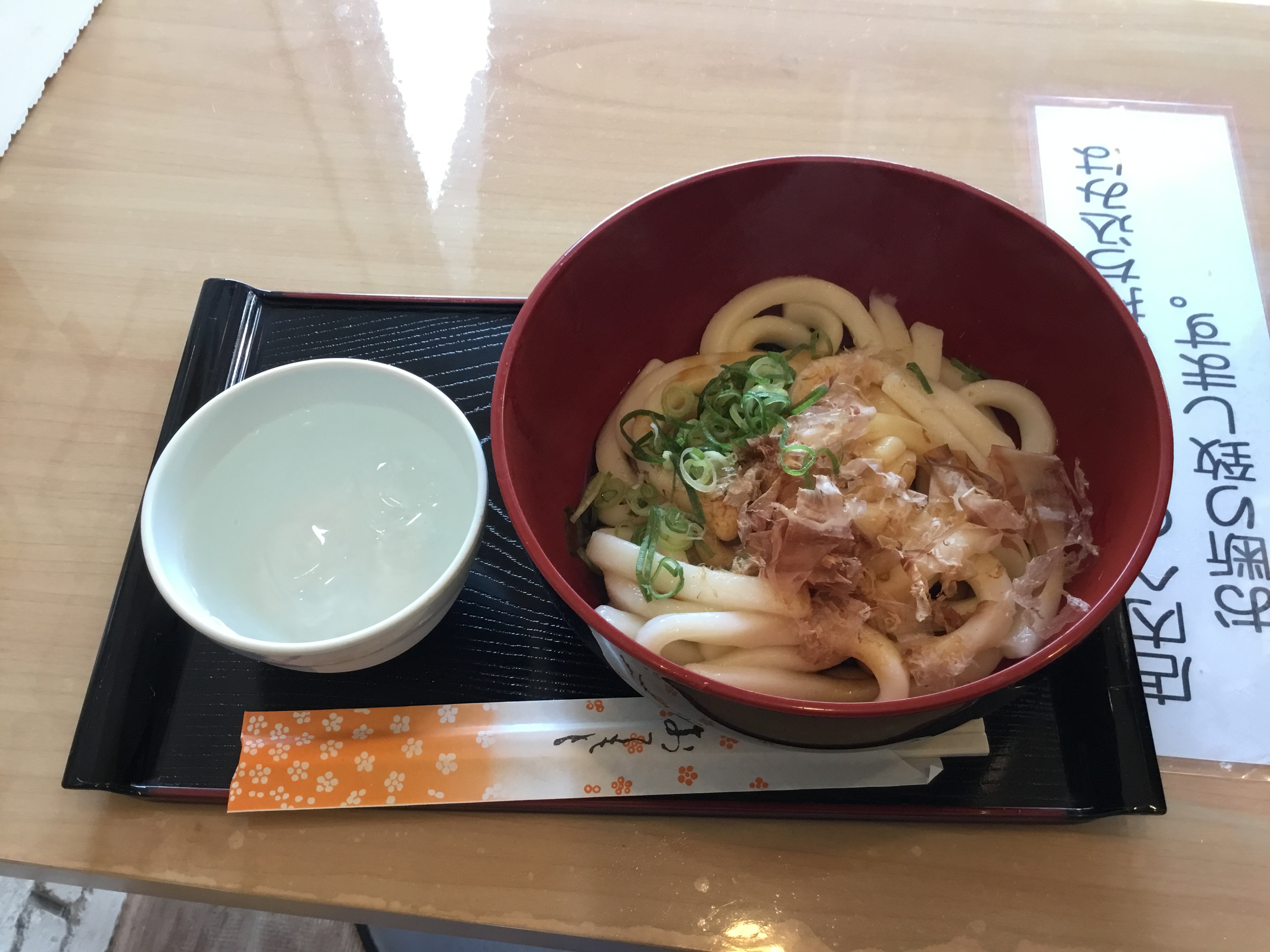
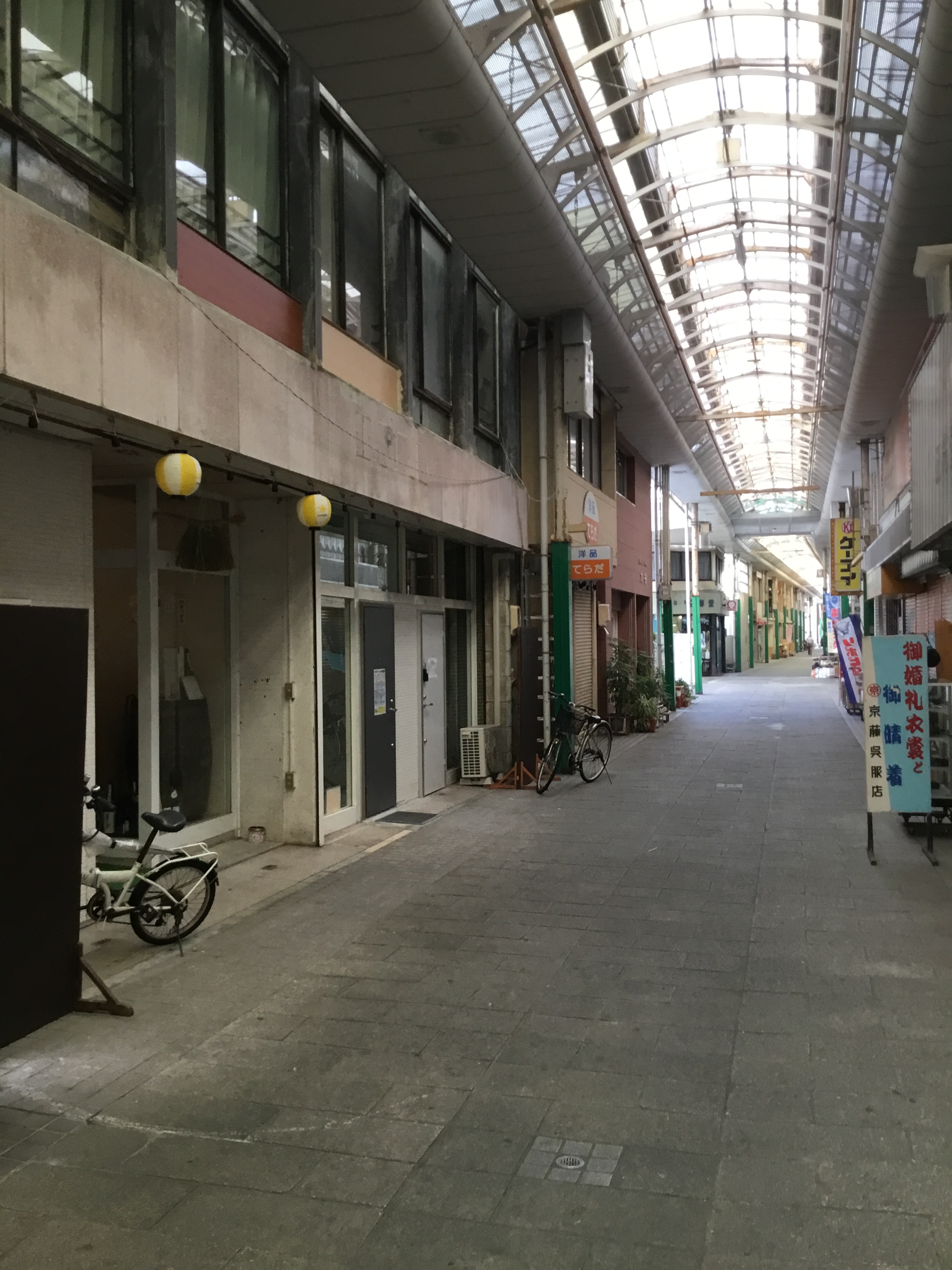
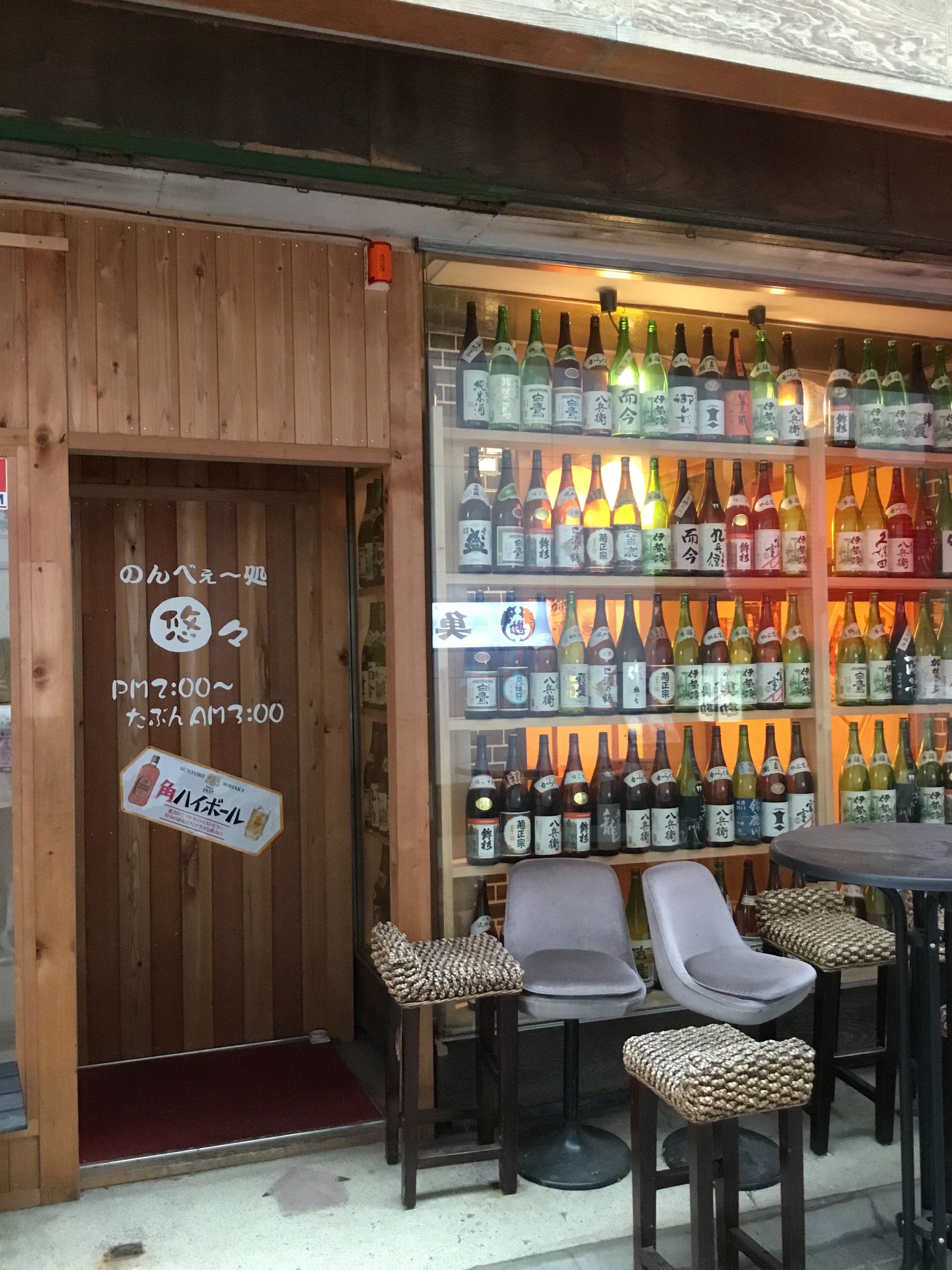
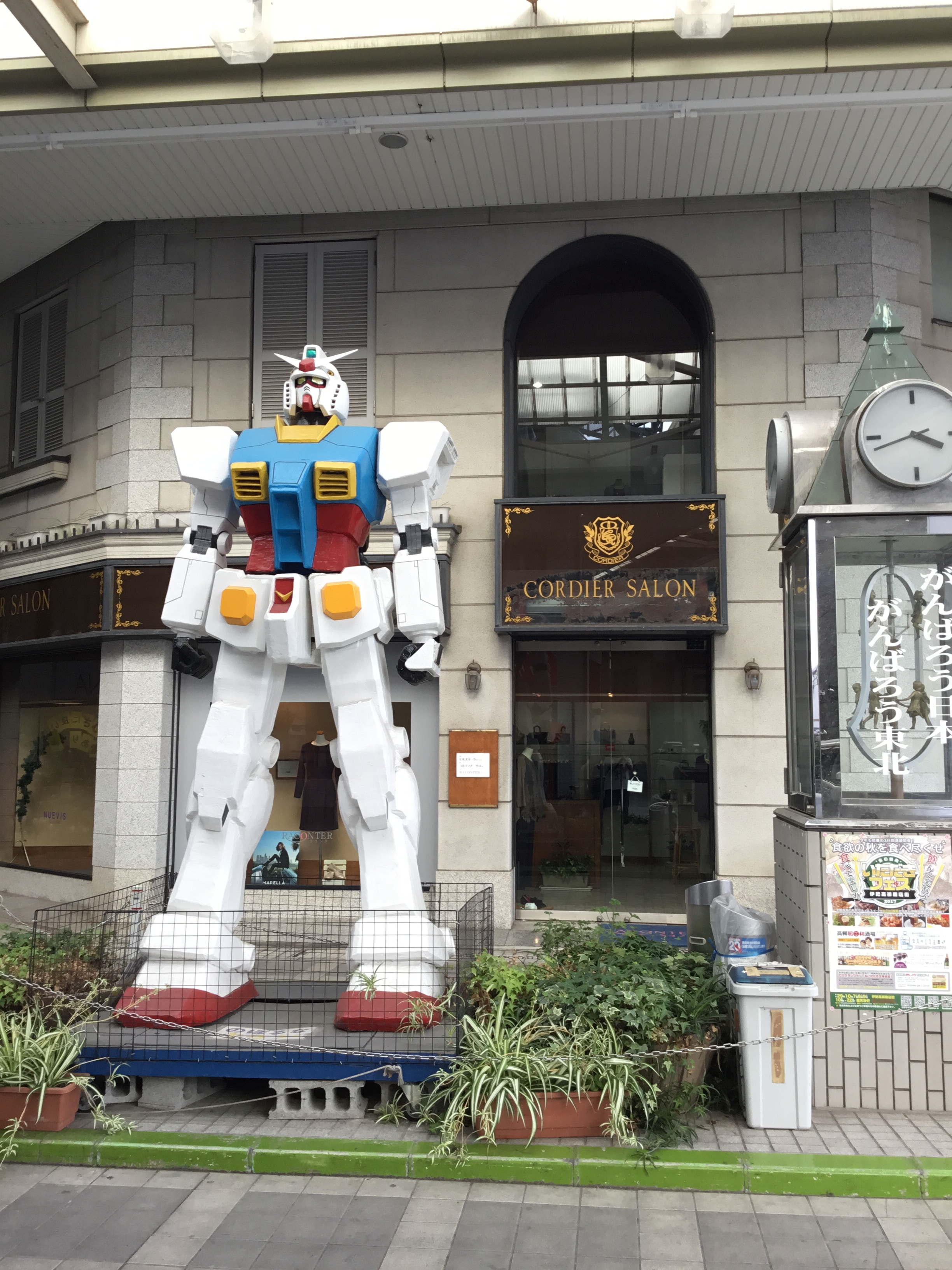
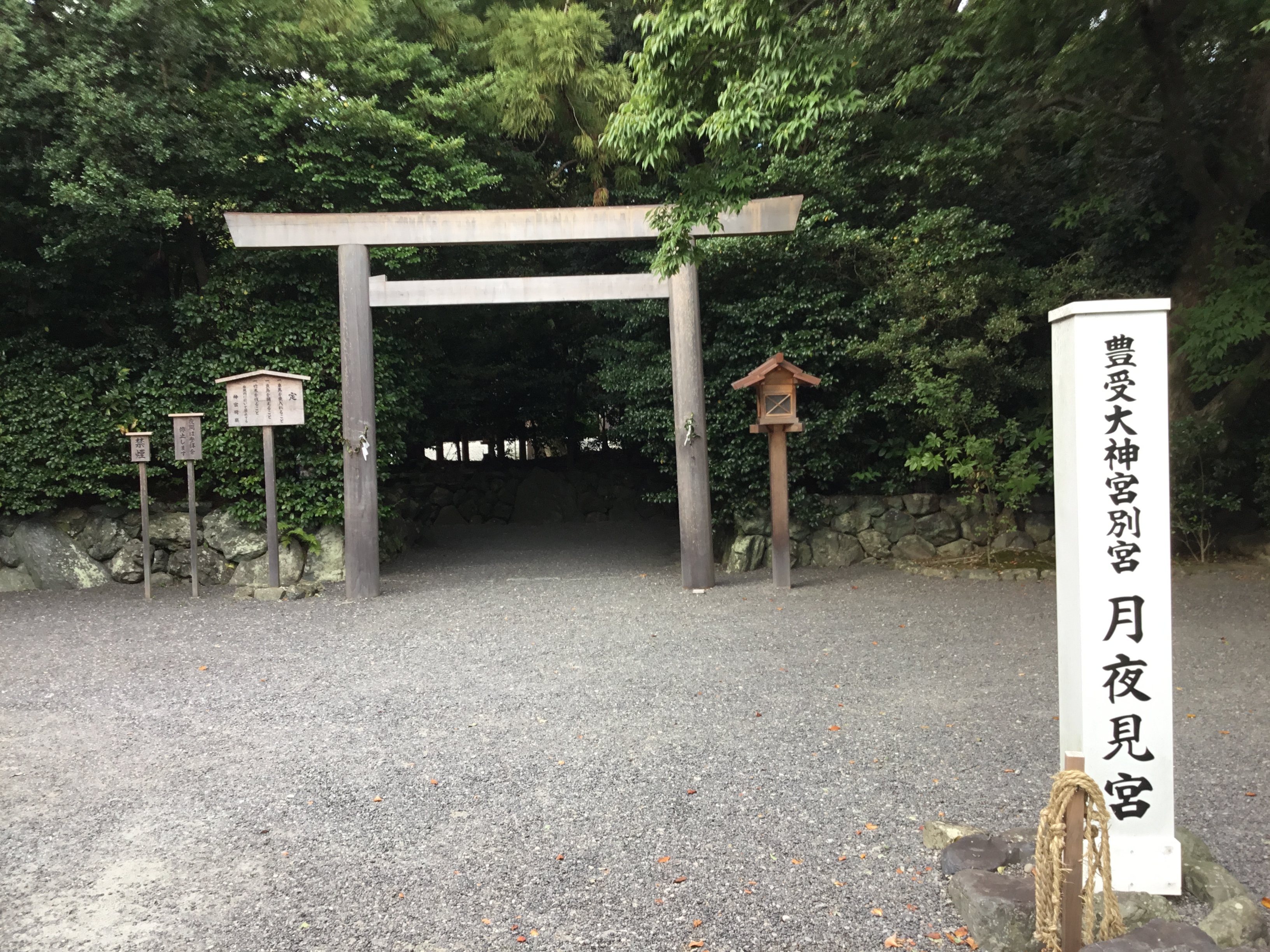
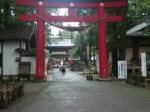

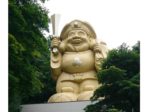
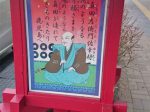
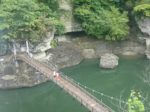
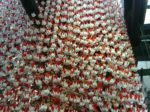
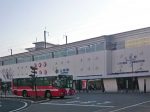
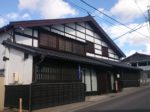
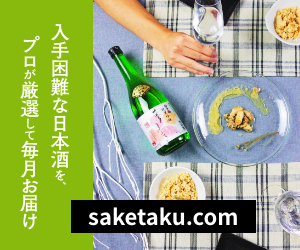
No comments yet.